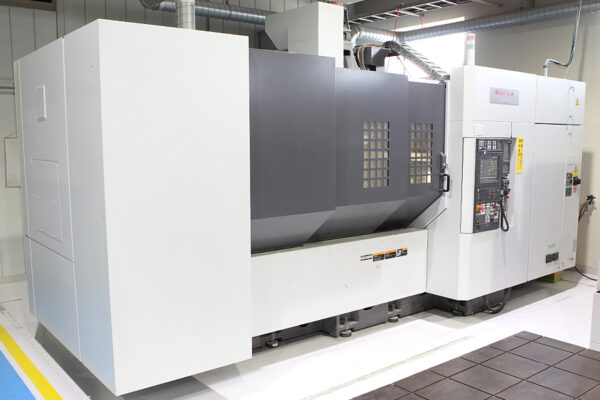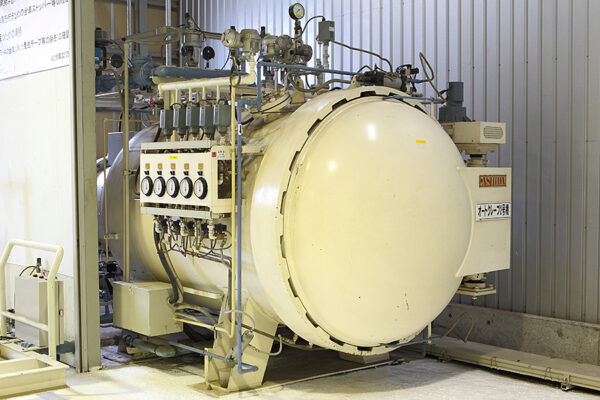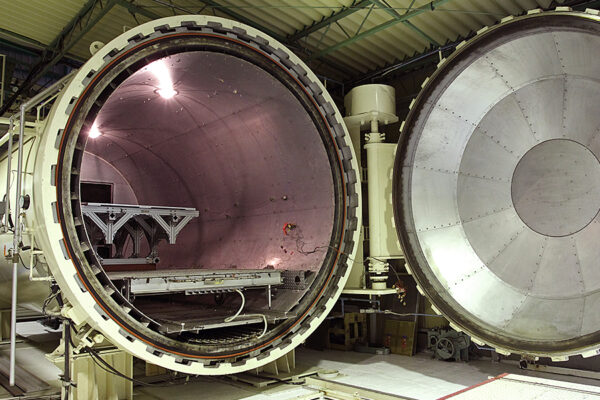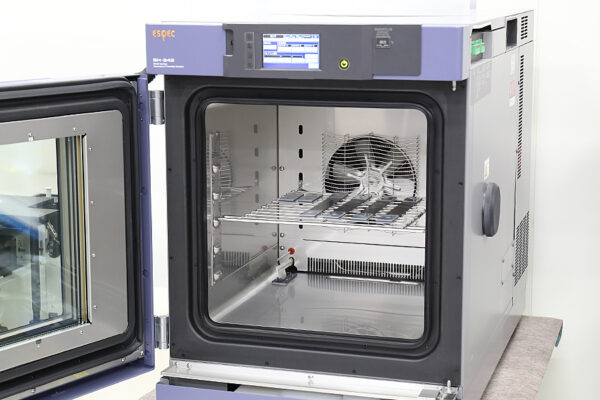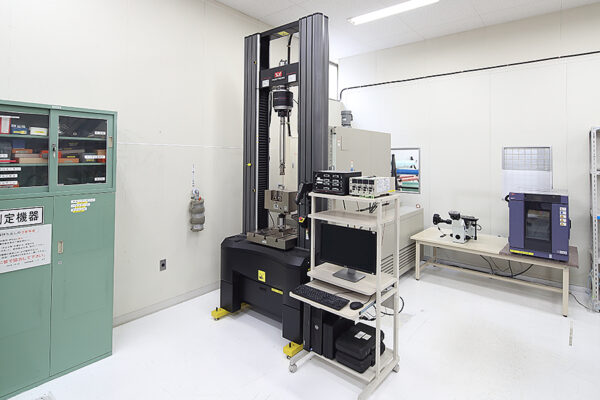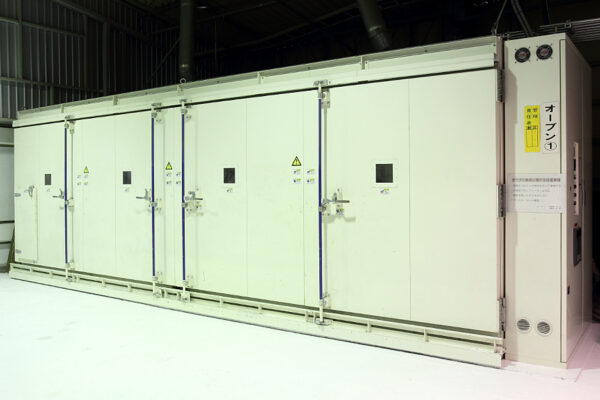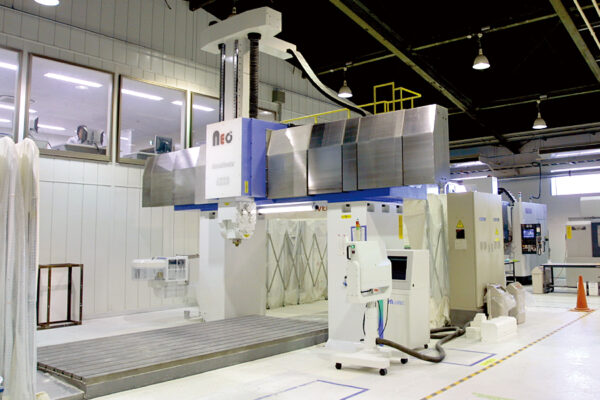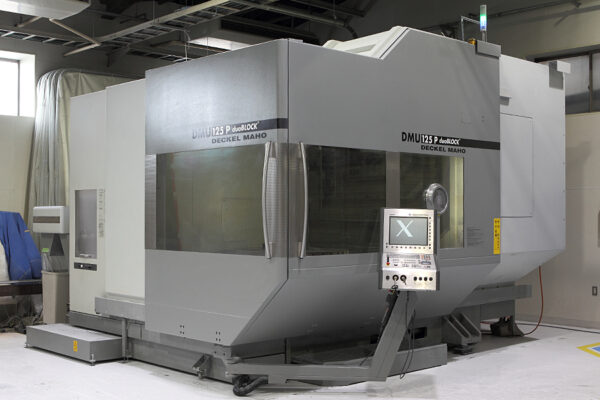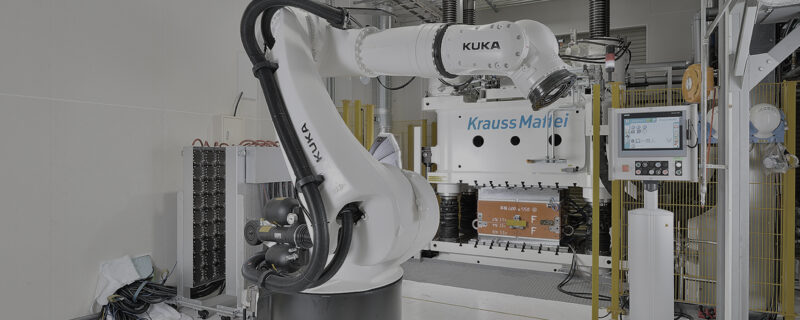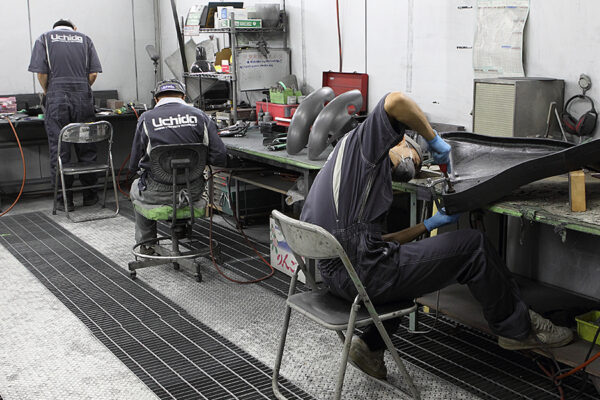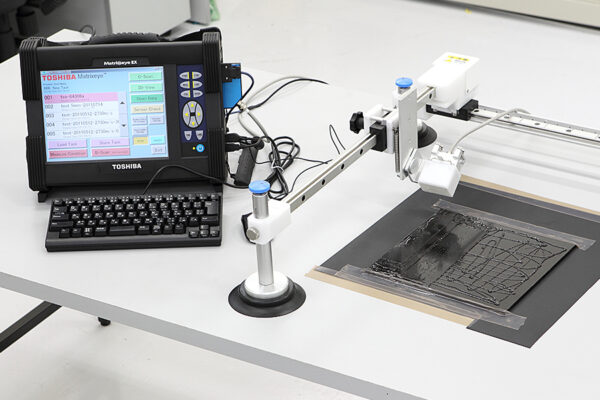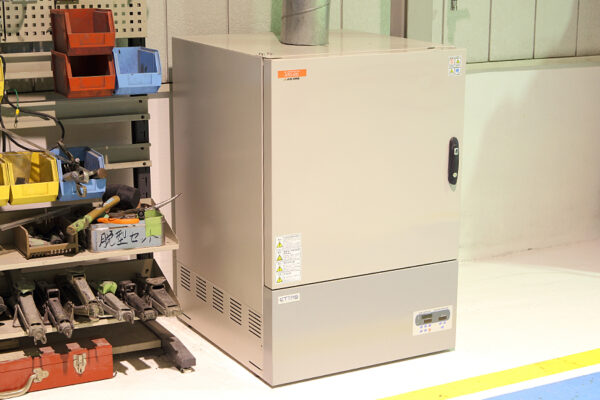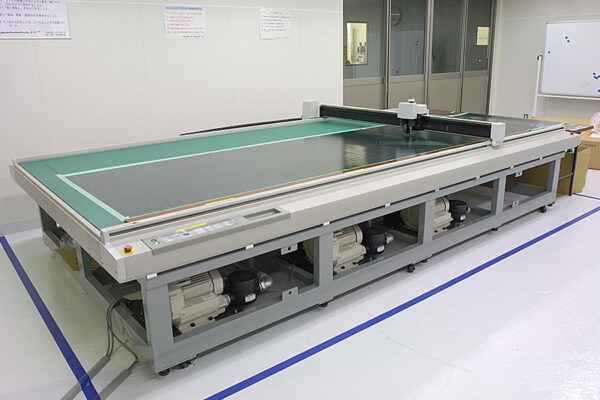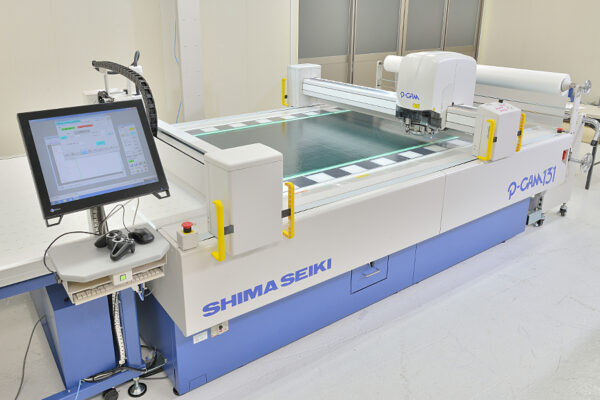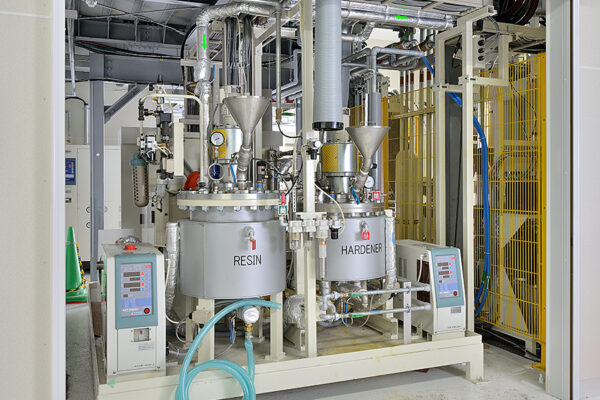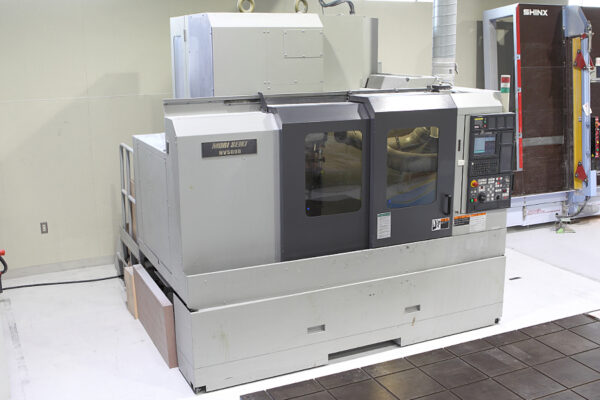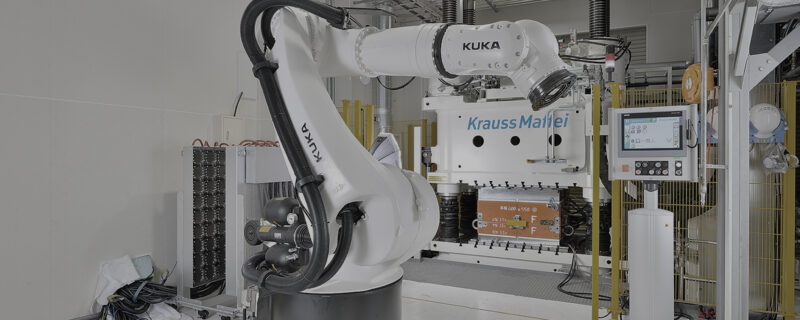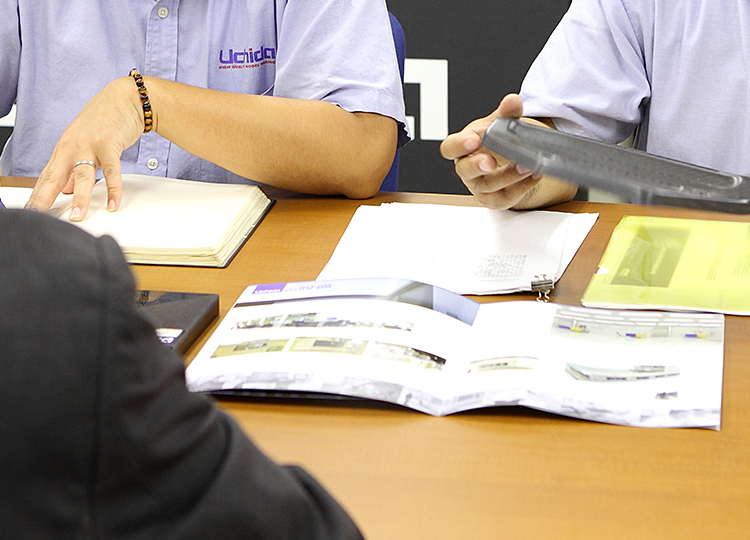What is FRP?
Carbon Fiber Reinforced Plastics (CFRP), as the name implies, refers to plastics reinforced with carbon fibers. The initial letter refers to the type of fiber used; C being carbon, G being glass fibers, and A being aramid fibers. Since CFRPs are composed from a combination of reinforcing fibers and resin (plastic), they are referred to as a “composite” or “composite material”.
In this section, we will introduce the characteristics and applications of CFRP.
![]()
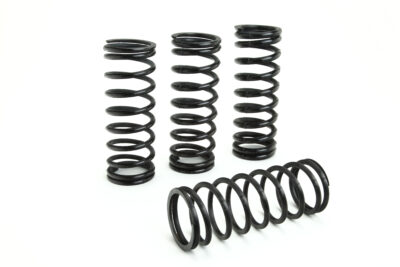
The Peak of FRPs: Carbon Fiber Reinforced Plastic (CFRP)
Most FRP applications utilize glass fibers as the reinforcing material, whereas CFRP is a carbon fiber-specific composite. Carbon fiber is a fiber material produced by carbonizing acrylonitrile (PAN) fibers or pitch, a by-product of petroleum, coal, or coal tar and is classified according to the raw materials used: PAN-based carbon fiber for the former, and Pitch-based carbon fiber for the later. The impressive lightweight qualities and superior strength of CFRP makes it the popular material of choice in aviation, automobile, and sporting equipment industries.
Key Characteristics of Carbon Fiber
- One-fourth the specific gravity of iron.
- Ten times the specific strength of iron.
- Seven times the specific modulus of elasticity, compared to iron.
In addition to its renowned “strong, lightweight, and non-corrosive” properties, carbon fiber showcases a range of other features such as X-ray permeability, electrical conductivity, thermal resistance, and low expansion.
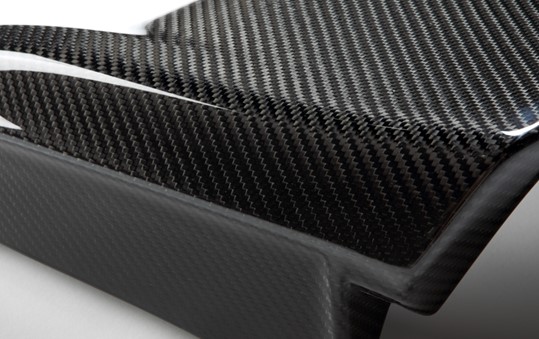
What is Glass Fiber?
As suggested by the name, glass fiber is a yarn-like fiber produced from molten and expanded glass. Glass fiber heralds a long history which accelerated in the late 1930s with the industrialization of Glass Fiber Reinforced Plastic (GFRP), a material produced by compositing glass fibers with thermosetting resins. GFRP is also commonly referred to as fiberglass.
Glass fibers are classified into two types based on the length of the fibers:
1) lass wool (short fibers)
2) Glass fiber (long fibers)
Summary
This issue discusses FRP and glass fibers. Glass fiber is fiber material produced from glass, whereas FRP is a composite material that uses glass fiber reinforcements. As glass fiber is a yarn that cannot retain form on its own, it is composited with resin to produce a lightweight, strong, and form-holding composite, commonly referred to as GFRP (Glass Fiber Reinforced Plastic) or fiberglass.
We hope that this issue has given you better insight and understanding. See you next time.
Related useful contents
You can explore related content by clicking on a topic of interest.
ABOUT UCHIDA - 55 years since our founding
We leverage a wealth of technical expertise as a CFRP molding and processing manufacturer using FRP, GFRP, and CFRP materials. We offer a one-stop solution, encompassing design, analysis, manufacturing, secondary processing, assembly, painting, quality assurance, and testing.
UCHIDA's equipment
We have cutting-edge equipment to ensure that we can address even the most advanced challenges of our customers.
Video Library
In the following video, we provide a detailed overview of our manufacturing process. Please feel free to watch and learn more.


